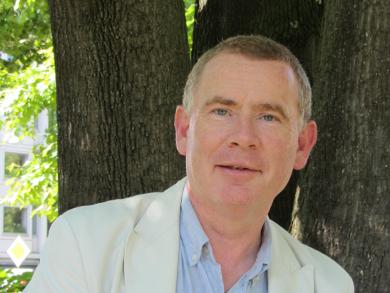At least 50,000 papers each year report the results of Kohn-Sham density functional calculations for materials and molecular properties. This is a huge worldwide effort, growing rapidly with computer power and powerful machine-learning algorithms to search for desired properties. But all these calculations are limited by the accuracy and generality of our current approximations. I will discuss the race to use machine learning to find the next best approximate functional and the potential impact.
Biography:
Kieron Burke is a distinguished professor in both the chemistry and physics departments at UC Irvine. His research focuses on developing a theory of quantum mechanics called density functional theory.
Prof Burke works on developing all aspects of DFT: formalism, extensions to new areas, new approximations, and simplifications. His work is heavily used in materials science, chemistry, matter under extreme conditions (such as planetary interiors or fusion reactors), magnetic materials, molecular electronics, and so on. He has given talks in theoretical chemistry, condensed matter physics, applied mathematics, computer science, and even organic chemistry. His graduate students and postdocs usually come from either the chemistry or physics departments, but his undergraduate researchers also come from math, computer science, and engineering. He believes that the most impactful advance in 20th century physics was the development of quantum mechanics, without which we cannot understand chemistry and materials. He also believes that there are few problems in theoretical science whose solution has more immediate impact than the improvement of DFT. The more accurate, reliable, and widespread DFT calculations become, the sooner we will have novel materials and drugs, and the more we will understand both our own planet and others.
Prof Burke is also a fellow of the American Physical Society, the British Royal Society for Chemistry, and the American Association for the Advancement of Science, and a member of the International Academy of Quantum Molecular Sciences. He is known around the world for his many educational and outreach activities. According to Google scholar, his work is cited over 25,000 times each year.


